 Did you manage to travel to a lot of events in the early days?
Did you manage to travel to a lot of events in the early days?
Dom Phipps: I didn't. I was relatively young when Freestyle hit the UK. The street in front of our house was the place to be. Then we started to branch out and travel to new riding spots. Like many small towns in the UK, we eventually found the local dad who could work a power saw to build a ramp. That ramp became our epicenter. I don't have anything to claim by way of my contribution to riding. I was average but always learning. That and having a trick bike was all that mattered to me.
 Who was the first Pro rider that you met?
Who was the first Pro rider that you met?
Dom Phipps: It was Bob Haro, as I recall. And it wasn't until 2009 when myself and two friends, Jay Eley and Chris Daly, were invited to support the Haro reunion show in Cologne with our 80s Haro bikes collection. That meeting set a lot of things in motion for me. Bob was a great supporter of what I was trying to do with Haro's history. We have become good friends.
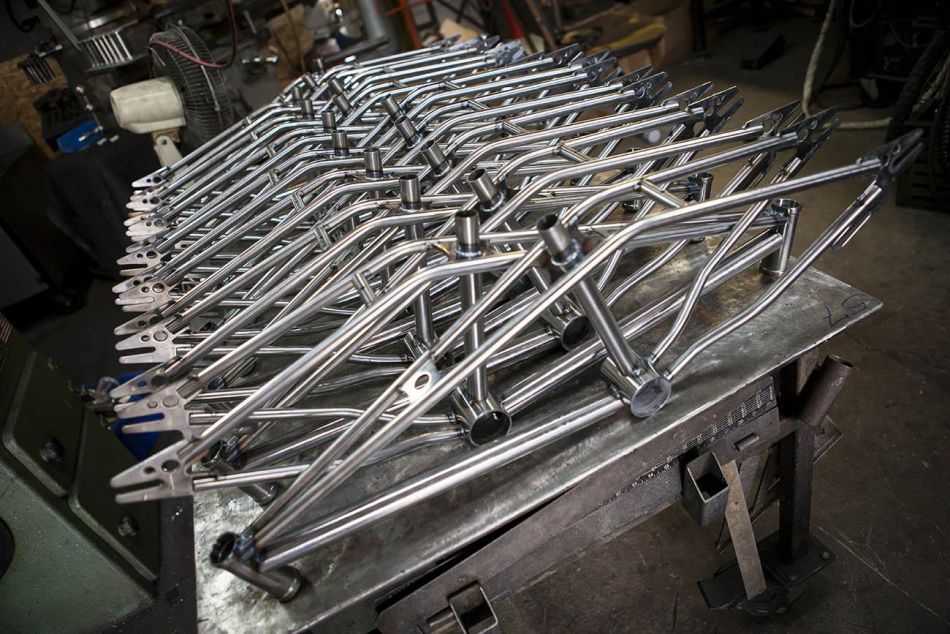 Were you always interested in "Made in the USA" products?
Were you always interested in "Made in the USA" products?
Dom Phipps: Not really, although I became interested in a period of Haro BMX history when Torker in Orange County, California, made the frames for Bob. Around 15-years ago, I started collecting them because they were rare and only made in relatively small numbers. Bob was a start-up at that point, Hustling to get his business going and riding the crest of a wave that he started - BMX Freestyle.
 What brands stood out to you in the early eighties?
What brands stood out to you in the early eighties?
Dom Phipps: Haro was the brand that connected with me. I do recall Dave Breed and Eddie Fiola coming through the UK on a GT World Tour. The bikes and stealthy black uniforms were pretty memorable. But it was that damn "Alone at the Top" ad with Blyther at Del Mar, with all three of the new neon Haro Freestyle frames shown as options that sucked my riding friends and me in even further. It was the start of the classic neon era when everything changed from white and chrome to neon green, pink, purple, etc.
 Did you ever own a pair of Flight cranks?
Did you ever own a pair of Flight cranks?
Dom Phipps: I wish... In my opinion, the Redline Flight Crank is the most iconic product in BMX history. They are beautifully designed and engineered. Linn Kastan has a great story about that product development piece that we will share in the Redline Foundations project.
How do companies react when you approach them for a history project?
Dom Phipps: It depends a little. If I get a response, it's usually with curiosity. When I first started working for Haro, it was really to solve a problem in that they were getting more and more emails from guys like me asking questions they couldn't answer about products, riders, etc.  So it was Bob that connected me with Joe Hawk, who runs the US company. What we came up with was probably the first authentic retro BMX project of all time. I suggested that we celebrate the Haro Freestyler with a limited edition remake for the guys that collect. That project grew arms and legs and ended up opening the door for me to relocate to California, continue researching, and writing books about BMX history. It's a small pool of brands, but equally, they are great research projects that allow me to give people that deserve credit some representation in BMX history.
So it was Bob that connected me with Joe Hawk, who runs the US company. What we came up with was probably the first authentic retro BMX project of all time. I suggested that we celebrate the Haro Freestyler with a limited edition remake for the guys that collect. That project grew arms and legs and ended up opening the door for me to relocate to California, continue researching, and writing books about BMX history. It's a small pool of brands, but equally, they are great research projects that allow me to give people that deserve credit some representation in BMX history.
Do you believe you know more about the brand than most people who work there when a project is done?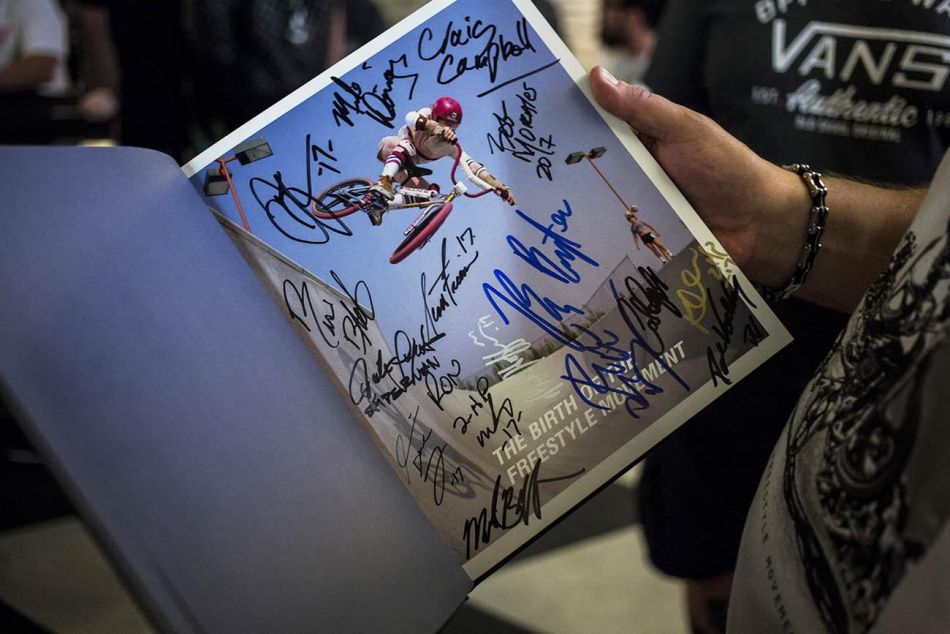 Dom Phipps: Without sounding too big-headed, I do a lot of research before I even approach new companies. It's my business to know a certain amount because I usually have to pitch ideas. Modern bike brands are usually bandwidth-low when it comes to looking backward and celebrating history. So they typically don't have a lot of archives or knowledge internally.
Dom Phipps: Without sounding too big-headed, I do a lot of research before I even approach new companies. It's my business to know a certain amount because I usually have to pitch ideas. Modern bike brands are usually bandwidth-low when it comes to looking backward and celebrating history. So they typically don't have a lot of archives or knowledge internally.
Some people that come to mind when I think of Redline from back in the day are Stu Thomson, Scott Clark, Billy Griggs, DD Leone, John Crews, Jeff Ruminer, and Greg Hill. Do you approach many of the riders or focus on production and the people running the brand? Dom Phipps: The storytelling side of these projects is always community-driven. I make the calls and give people the chance to be involved or not. In virtually every case I can recall, people embrace the opportunity. Haro didn't have connections to the riders from the 1980s and 90s when I started with them. So, I spent a lot of time cold-calling people and building trust. They have a solid community of ex-riders and collaborators on their side now. That is a positive thing for both sides.
Dom Phipps: The storytelling side of these projects is always community-driven. I make the calls and give people the chance to be involved or not. In virtually every case I can recall, people embrace the opportunity. Haro didn't have connections to the riders from the 1980s and 90s when I started with them. So, I spent a lot of time cold-calling people and building trust. They have a solid community of ex-riders and collaborators on their side now. That is a positive thing for both sides.
On the freestyle side, Redline didn't have that big of a team presence. At least it doesn't come to mind as easily. RL Osborn took care of most of the BMX Freestyle program, and if I remember right, Todd Anderson was on Redline at some point. The bars and the cranks were popular though in the mid-'80-s. Who are we forgetting here on the Freestyle side?
Dom Phipps: Yes, RL and Todd were the two most people remember on Redline's Freestyle Team. Steve Mcloud predates both of them as far as I know, but Redline's story is more race centric than Freestyle. That said, Linn is and was a great product designer. The RL 20 II was his finest work, in my opinion. Linn also collaborated. He had a great agency that helped to brand the company.
 Do you consider looking into the international development of the brand with its team riders from abroad on projects like these?
Do you consider looking into the international development of the brand with its team riders from abroad on projects like these?
Dom Phipps: Most of the projects I create tend to be rooted in the brand's origins. With most being US-based, I rarely get to work with international riders. My new book will have a UK chapter, though. A lot of fantastic imagery and good people contributing to that effort. That's a summer 2021 project.
BMX bike collecting has become a big thing these days, with Redline products being popular as well. How much does a pair of OG Forklifter bars go for? Or a pair of flight cranks?
Dom Phipps: Yes. It's no longer about the worth of the product; it's now about availability and how much somebody is prepared to pay for something they desperately need. I got out of the collecting scene several years ago to concentrate more on the history projects. I do see some ridiculous situations on eBay when I care to look.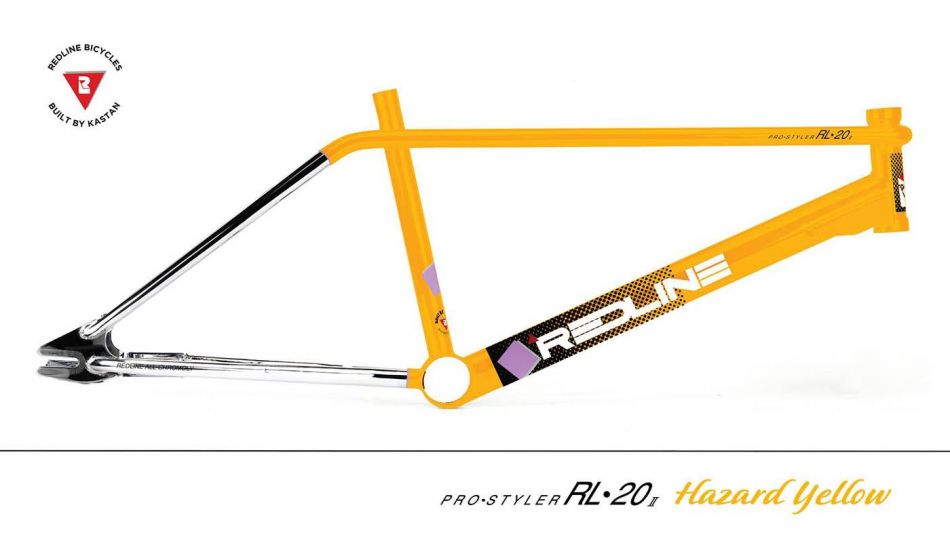
What's in the works as far as Redline remake products?
Dom Phipps: We are producing a limited edition reissue of the Redline RL 20 II Pro Styler. When Linn and I first discussed this project from a historical perspective, we talked about his ability to manufacture something for the collectors. The RL 20 II was so innovative; we decided to go that route. They are limited to 300 in the US and built by Kastan. Very authentic and well made. Linn knows these frames intimately and I can’t wait to see them.
 In your eyes, are those the most iconic products that Redline has produced?
In your eyes, are those the most iconic products that Redline has produced?
Dom Phipps: I go back to the Redline Flight crank. That product is timeless and inspired so many other brands to follow. The RL 20 II Is also a great product. Complex to manufacture, as I am finding out with this new project, but well worth the effort. A genuinely iconic Freestyle bike that a lot of people will enjoy.
Where can people who are interested make a purchase?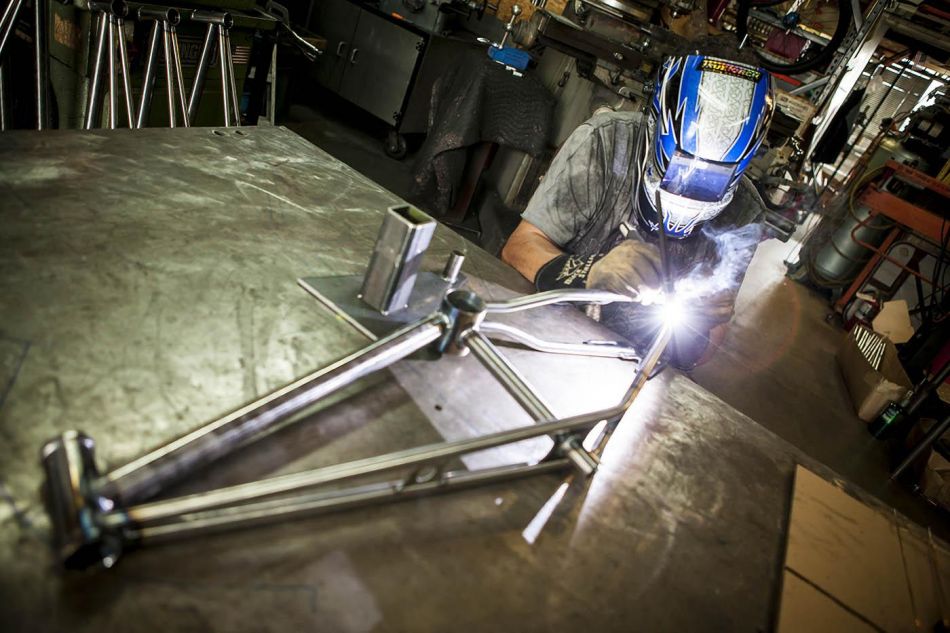
Dom Phipps: We created a new website - Redline Foundations that can be accessed through www.redlinebicycles.com. It has history and the RL 20 II Reissue project, all contained in one place.
Do you have other projects in the works after Redline foundations?
Dom Phipps: I'm working on the 3rd edition of my Birth of the BMX Freestyle book. It has a lot of new content. 350-pages, hardcover. A dedicated UK Chapter and a full section that recalls the mid-80s touring era. Twenty-plus new people are contributing, too. Another slice of history on the record with great images to illustrate.
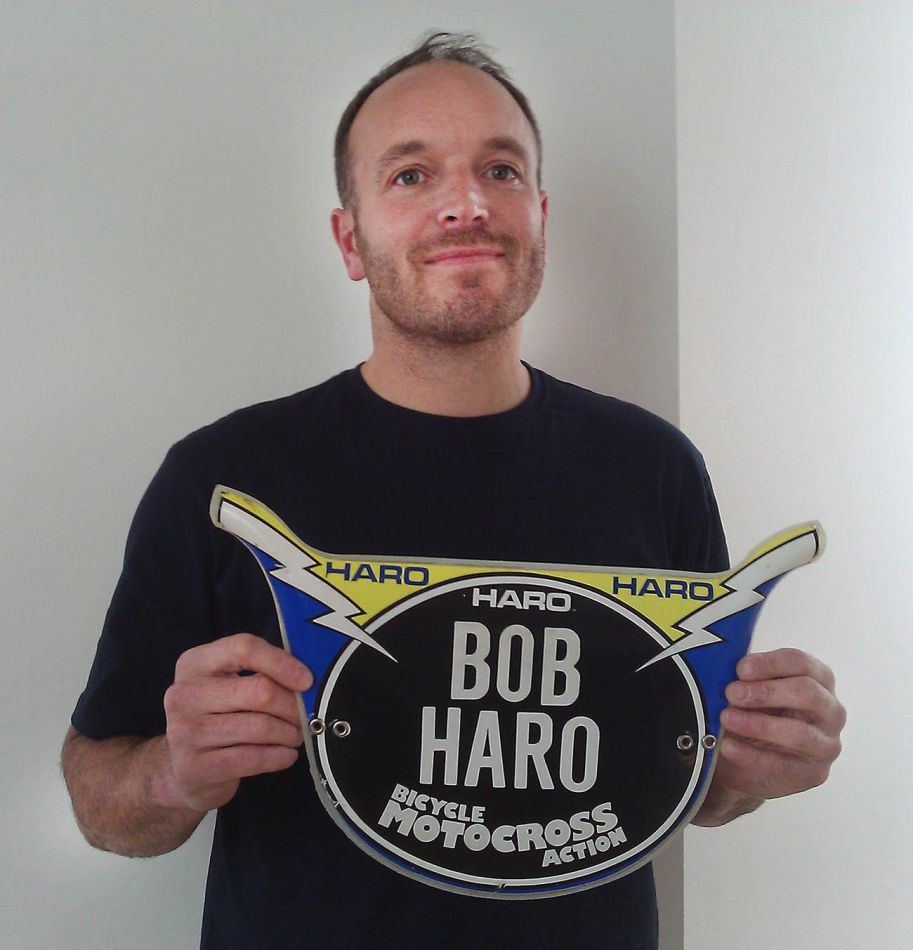




 After doing a BMX 'zine for ten years (1987 - 1996) FATBMX made it on the internet. The year was 1998. Here to stay.
After doing a BMX 'zine for ten years (1987 - 1996) FATBMX made it on the internet. The year was 1998. Here to stay.